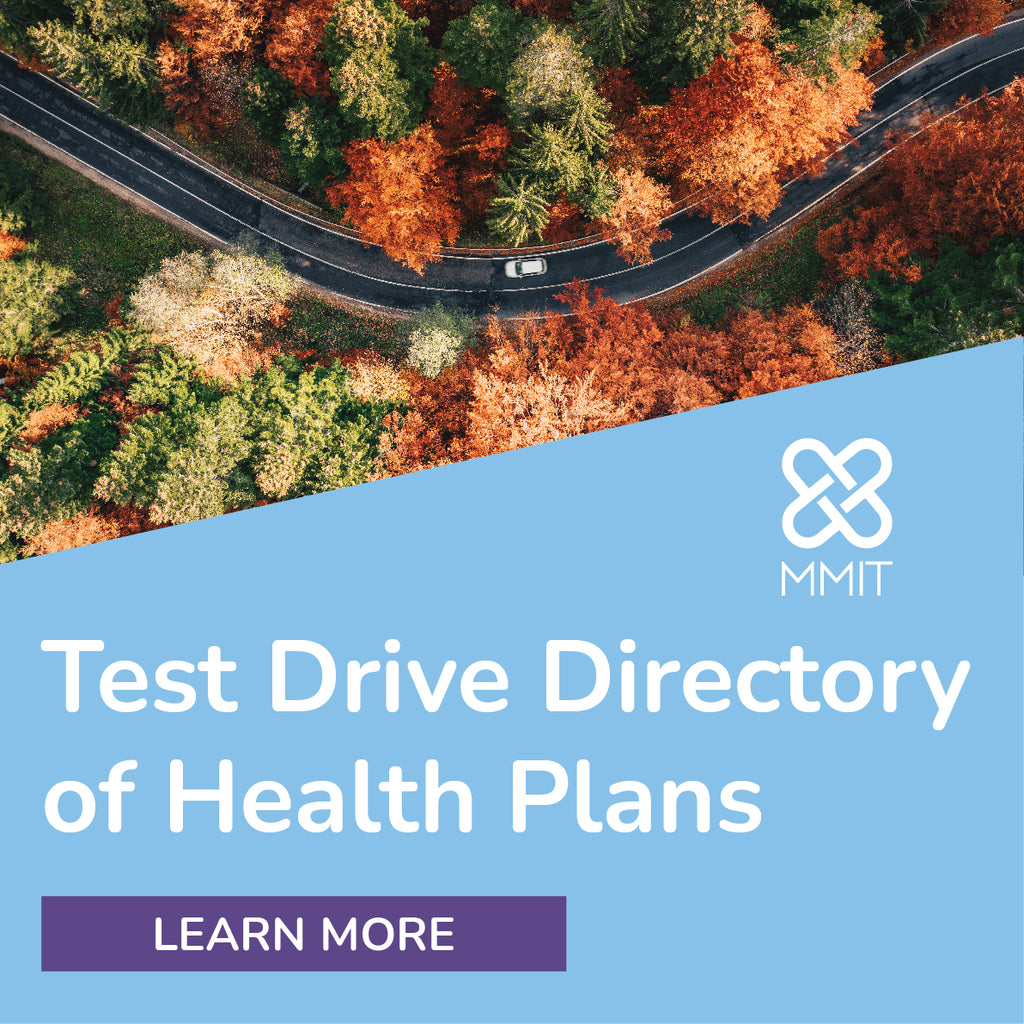Radar on Medicare Advantage
-
Could Costco Be the Answer to Medicare Part D Restructuring?
An earlier version of this story erroneously stated the number of Part D claims included in the analysis. This version has been corrected.
A new analysis published in JAMA Internal Medicine suggests that Medicare “overspent” on certain popular generic drugs over a two-year period and could have saved billions of dollars if it had used a “streamlined distribution system” like that of popular wholesaler Costco. While the research highlights how inefficiencies in the current Medicare Part D structure impact an oft-ignored area of drug pricing, one industry analyst questions whether it’s a fair comparison, given that Costco’s business model isn’t focused on pharmaceuticals.

-
News Briefs
✦ Anthem, Inc. completed its previously announced acquisition of Puerto Rico-Based MMM Holdings from InnovaCare Health. The deal adds more than 275,000 Medicare Advantage members and more than 314,000 Medicaid members to Anthem’s membership, according to a June 30 press release. Citi estimated the transaction will increase Anthem’s MA rolls by 17%. Financial details of the transaction were not disclosed.
✦ After the Biden administration revoked CMS’s prior approval of Medicaid work requirements in Arizona and Indiana, it was reported that Georgia will delay its partial Medicaid expansion by at least one month. Through a section 1115 waiver approved in October 2020, Georgia’s Pathways to Coverage demonstration would expand Medicaid to uninsured adults living at or below the federal poverty line if they participate in 80 or more hours per month of work, volunteering, school or another qualifying activity. In a letter to the CMS Center for Medicaid and CHIP Services, Georgia Department of Community Health Commissioner Frank Berry wrote that the state would delay the partial Medicaid expansion effort from its planned go-live date of July 1 to “until at least August 1, 2021.”

-
MedPAC’s ‘Rebalancing’ Policy Would Mean Lower MA Pay
Aiming to ensure that Medicare Advantage payments are more equally distributed across geographies and that the federal government can share in the “efficiency” of MA plans, the Medicare Payment Advisory Commission (MedPAC) in its June report to Congress envisioned a “rebalancing” of the current MA benchmark policy used to calculate payment rates. Although the proposal would not translate to a complete overhaul of the current rate structure, it would mean a pay cut for many MA plans if authorized by Congress.
In the first of 10 chapters in its June 2021 Report to the Congress: Medicare and the Health Care Delivery System, MedPAC estimated that Medicare payments to MA plans this year will average about 104% of fee-for-service (FFS) spending. Meanwhile, plan bids were at 87% of FFS Medicare spending and approximately 91% of MA plans submitted bids “below the amount FFS Medicare would spend for similar beneficiaries,” stated the report.

-
Insurers Assess Impact of COVID On Seniors’ Mental Health
Since the COVID-19 pandemic forced more seniors to stay at home and maintain a physical distance from loved ones, the impact to their mental health has been a key concern of Medicare Advantage organizations over the last year. In response, many MAOs ramped up efforts to address social isolation and loneliness and expanded their telehealth benefits to include visits with behavioral health providers. And while health plans also eased Part D restrictions to smooth members’ access to medications, a recent Health Affairs study shows that new starts of antidepressants and anti-anxiety drugs among seniors were well below expected and historical levels, suggesting there may be an opportunity for insurers to better integrate pharmacy management into their whole-person care of MA members.
Antidepressant New Starts Fell in 2020
The June study, “Decline In New Starts Of Psychotropic Medications During The COVID-19 Pandemic,” sheds some light on prescription drug statistics from the first five months of the pandemic. Researchers analyzed IQVIA Longitudinal Prescription Data collected from Jan. 1, 2018, to Aug. 8, 2020, to assess changes in the number of new starts for three categories of psychotropic medications — antidepressants, anxiolytics and antipsychotics — compared with pre-COVID norms and forecasted levels. During the initial stay-at-home period of mid-March to mid-May, new starts of all three medication types fell dramatically from expected levels, and over the first five months of the pandemic, there were approximately 7.5% fewer new starts of antidepressants, 5.6% fewer new starts of anxiolytics and 2.6% fewer new starts of antipsychotics, according to the study.

-
Pandemic Fuels Staggering 14% National Medicaid Enrollment Growth
National Medicaid enrollment topped 84 million lives in June 2021, according to the latest update to AIS’s Directory of Health Plans. That’s an overall increase of 14.0% from the first quarter of 2020, a highly unusual growth pattern spurred by the COVID-19 pandemic. In 2019, Medicaid enrollment was on a downswing for the first time since the introduction of Medicaid expansion via the Affordable Care Act, but high unemployment rates fueled by the pandemic and the suspension of states’ redetermination efforts caused enrollment to soar in all 50 states, with an average enrollment increase of 16.0% per state. Twelve states saw Medicaid enrollment climb by more than 20%. Even with enrollment up nationwide, Medicaid expansion is still a hot topic in states that have yet to adopt it now that President Biden has offered enhanced funding as part of the American Rescue Plan. And while ballot initiatives are picking up in holdout states, a Missouri judge on June 23 struck down the state’s voter-approved expansion as unconstitutional. Meanwhile, Oklahoma began enrolling newly eligible expansion adults on June 1 for a July 1 effective coverage date, despite the state Supreme Court’s decision to excise managed care from the transformation effort.











